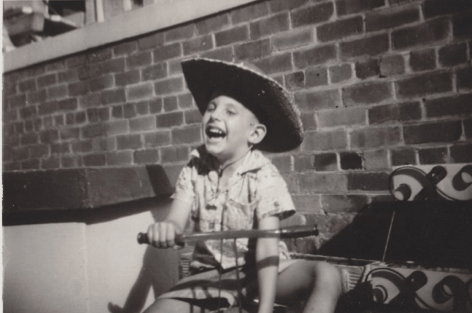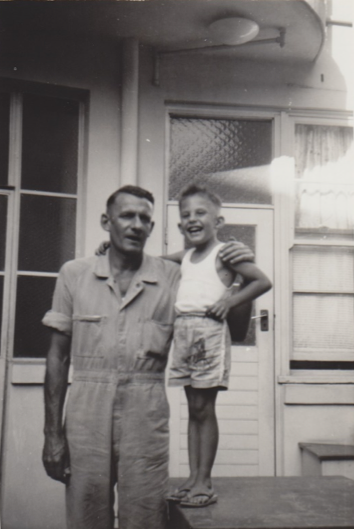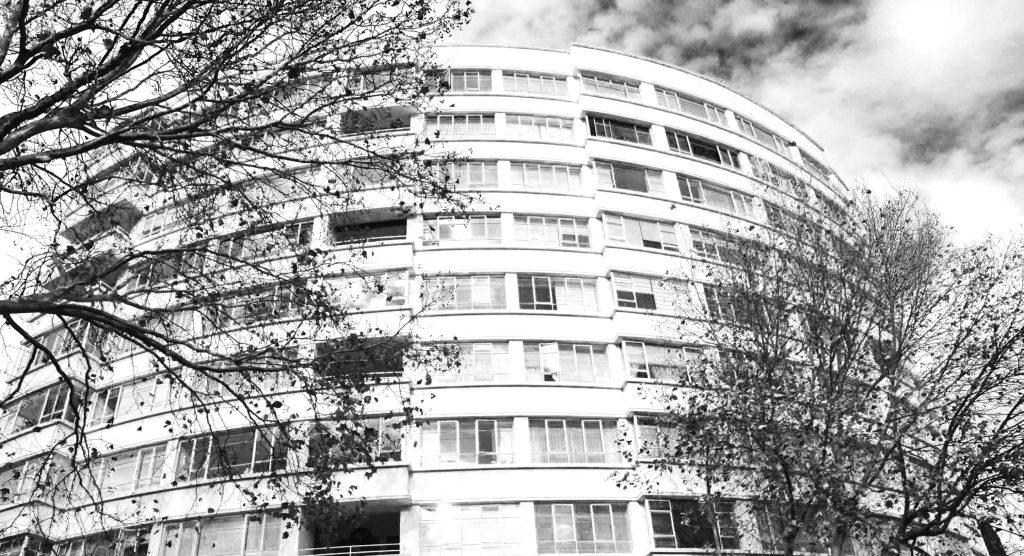
We all know what it’s like to witness change over time and to reflect on things in the past which warm the cockles of our hearts. As a Sydney Real Estate agent based in Potts Point, we’re so passionate about the area in 2017. About the sense of community that it’s maintained, despite being in the centre of Sydney. It’s modernised and grown with the times but it hasn’t lost the spirit that makes it so dear to all that live here.
Back in the day, some apartment buildings would have a caretaker living in a ground floor apartment on-site. They would take care of everything to do with the upkeep and running of the building. We recently sold the caretakers apartment at 17 Wylde Street to a private buyer. This is the first time that the building will no longer have an on-site caretaker.
Mitch McKay is a Heritage consultant whose business has won numerous awards and accolades since its establishment in 2009. Mitch’s father was the 2nd or 3rd caretaker of the building, living on the ground floor. We’ve asked Mitch to share his memoirs:
“My parents John and Ethel McKay started work at 17 Wylde Street sometime around 1958 or early 1959. Dad was the caretaker.
Designed by Architect Aaron M. Bolot, 17 Wylde Street was developed by Urban Co-operative Multi-Home Units No. 4 Ltd in 1951. In 1953 they changed the name to 17 WYLDE STREET CO OPERATIVE LTD. The units were managed by A.E. Nordern and Sons of Neutral Bay.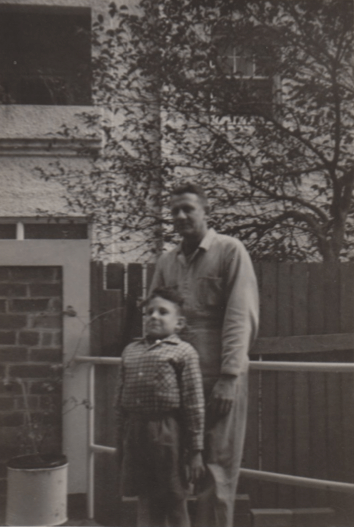
The man responsible for the development was John Davis (1906-2008) who would end up residing in the building upon its completion – living on the 9th floor in the penthouse which was basically units 93 and 94 combined, until his death in 2008.
The caretakers in Potts Point were a close-knit group so even back then, the community spirit was strong. Dad’s best friends were Jim and Peggy Higgins who were the caretakers of Manar in Macleay Street. Dad was also good mates Frank O’Carroll caretaker of Texas in Baroda Street and with the caretaker at 4 Macleay Street.
17 WYLDE ST – THE BUILDING
Basement:
The basement consisted of a commercial garage run by David Perry. The garage was at one stage a Mobil service station and then it became Ampol. The service station included a petrol pump, mechanic’s hoist (as David was a mechanic) and an office. The remainder of the garage provided parking for residents – approximately 12 cars.
The garage had a timber turntable which you’d drive your car onto. You’d then get out and push your car to the desired angle and reverse into your car space – allowing you to always drive out in a forward motion.
The basement also included storage areas, a workshop/‘boiler room’ and a laundry room; comprising 3-coin operated gas dryers, a large folding table, tub/trough with ringer and 2 coin operated washing machines.
Ground Floor
To enter the building, you had to walk up steps of large tiles of the one colour which had garden beds either side of large thorny cactus type plants. The garden beds were covered in a mixture of small tiles, about 25mm x 25mm, of different colours. There was a chrome (I think) handrail either side of the steps attached to the planter boxes.
The foyer:
On the right side were the letter boxes. Lovely timber letterboxes for each unit which were removed in the later part of the 1970s and replaced with a more modern configuration. Originally, there were two booths near them which were for the telephones. These were later turned into storage areas once home phones were installed in each unit.
On the left side of the foyer was a notice and directory board. The notice board told you the next meeting date. The directory board listed the names of all the owners and their unit numbers. Just around the corner was dad’s office which had a door and a roller door. The office had originally been used by the caretaker to receive parcel deliveries. The staircase on this side also provided access to the basement area.
Towards the rear of the foyer was a door leading out to the backyard. Either side of the door was a lounge. For many years the lounge was covered in a prickly, quite uninviting fabric. Thankfully, this was replaced in the 1970s with something which was much easier on bare legs!
Backyard:
Harsh ashphalt surface on one level and concrete on the lower level – to call it bland would be an understatement. There was a toilet at the rear for the garage operator, which backed onto units in St Neot Avenue.
I used to play cricket in the backyard with dad, drawing the wicket on the back wall with chalk. Sometimes Mr. Watson who lived on the 5th floor, would join us. More often than not, he just watched the game from his balcony.
Dad built two storage areas out the back backing onto the foyer wall. One housed equipment for the building and the other was a storage area for my toys – there was definitely an upside to your dad being the caretaker! Both storage areas were only about 1 metre high with lift up lids.
In those days, we would burn all our rubbish using two incinerators in the back yard– one for each side. I remember lighting the furnaces with dad and watching the smoke coming from the chimneys. No smoke meant a blockage. Which would mean going up to the 9th floor, walking down the fire escape and opening each incinerator shute to see what it was. To clear it we had to push it down with a big stick. Once state laws were passed and the incineration of rubbish banned, the shutes were sealed and incinerators closed.
DAD’S DUTIES
Dad was the building concierge, postie, garbage man, cleaner, tradesperson, painter, decorator and intercom. He started work each morning at 5.00am, checking the front of the building for rubbish from the night before. All the units left their rubbish bins on their balcony for dad to collect, seperating bottles, jars, cans and paper into a separate sack. Then he would take the rest to the incinerators or, once they were closed, take the bins outside to where the garbos would collect them.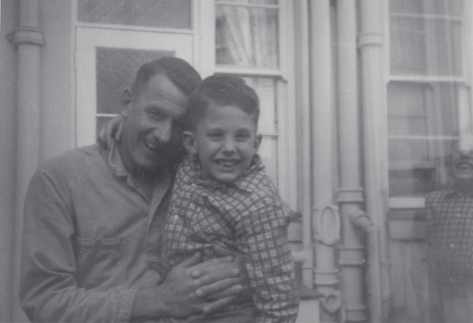
Dad would then vacuum the foyer on each floor as well as the stairways for both sides of the building.
Next he would sort the mail daily delivered by the postie, collecting any parcels and keeping them safe until the unit owner could collect them.
He was always busy. Changing light globes, painting the internal common areas, letting tradespeople into units as required, changing tap washers and repairing cisterns, toasters, lamps etc. He would even be there when people were moving in or out – supervising the removal of their furniture. Then at 9.00pm it was time to lock the front doors. In later years, this was changed to about 7.30pm.
In those days, dad was the closest thing to an intercom entry system. Each unit owner had a front door key but I often heard a tap on our lounge or bedroom window “Mr McKay its xxx from unit x, please let me in I’ve forgotten my key!” Then mum or dad would have to get up to let them in.
For extra money, dad would also paint inside people’s unit or hang wallpaper if they wished.
CHRISTMAS:
Christmas was wonderful.
Dad would decorate the foyer each year with tinsel, baubles, stars and other decorations which would hang from light to light or wherever on the ceiling or doors he could affix them.
There would be a Christmas Bush, often provided by Mr. Kennedy from the 8th floor. Dad would decorate the bush, wrap the pot in Christmas paper and place ‘faux’ presents around base of the pot.
As I got older I would decorate the foyer myself or share the duty with the Colman girls who would come down from Lismore just before Christmas Day to visit their grandmother Mrs Dorothy Watson on the 5th floor.
MELBOURNE CUP
Each year dad would run $1, $2 or $5 sweeps.
There would be about 4 sweeps all up with the names of those and their horses placed on a board attached near the booths near the letter boxes.
AGM/SPECIAL MEETINGS:
These meetings would be held in the foyer once a year. Very rarely were they held more than once a year.
Dad would set up the foyer with seating and a large table at about 5.30pm on the day of the meeting for a start at about 6.30pm. The meetings would generally be over by 8.00pm and all the seating and tables would have to be removed.
THE MILKO:
Beau was the milko. He delivered milk to the units via the fire escape leading onto the rear balconies except for the units on the ground floor where he’d often come in from the foyer door leading out to the backyard.
He would place the bottled milk and cream in the milk serveries that had been built in to each unit at the time of construction.
THE BOTTLO:
The bottlo would come about once a week, parking his truck in McDonald Street and walking up the right of carriageway which serviced the adjoining property in McDonald Street and the rear of the units in St Neot Avenue. He would walk up to the locked gate of 17 Wylde Street, collect the bottles (which dad had been collecting daily, from each balcony) and load them on to his truck.
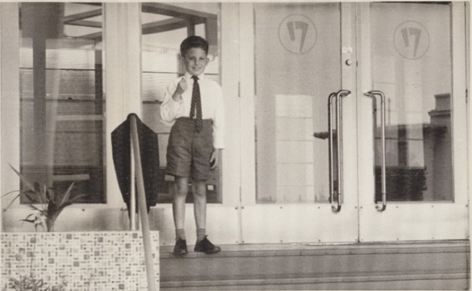
THE POSTMAN:
Arthur was the postie. He came from England and was a mad Norwich soccer supporter. He would deliver the mail daily from the Potts Point Post Office which was on the corner of Macleay Street, Crick and Greenknowe Avenues.
From the age of 16 until I was 19 I managed to get work with Arthur over the weeks leading up to Christmas. I would start at about 5am sorting in the post office, pack mail in the post bags and then go out on deliveries walking the streets and delivering the mail to large blocks of units such as Franconia, Cahors, Tusculum, Gowrie Gate, Macleay Regis, Manar, Kingsclere, Wyldefel Gardens, The Gateway, Ilan Court, Seldson, Grantham, 4 Macleay St, Werrington, Wychbury Towers, Byron Hall, Twenty Wylde Street, The Chimes and The Denison, commercial businesses such as Bartlett’s Newsagency, Clays Book shop, The Rex Hotel, the Red Anchor, La Paella Spanish restaurant, Le Trianon French restaurant, Buona Sera Italian restaurant, Chelsea restaurant, The Yellow House, Clunes Galleries, Metro Theatre, The Chevron, The Commodore Chateau, The Sheraton, and the Florida Motor Inn just to name a few. Mail was also delivered to the Wayside Chapel.
THE WINDOW CLEANER:
Bill van Weiss was from Holland. He would come on an as needs basis when owners would want their unit windows cleaned both inside and out.
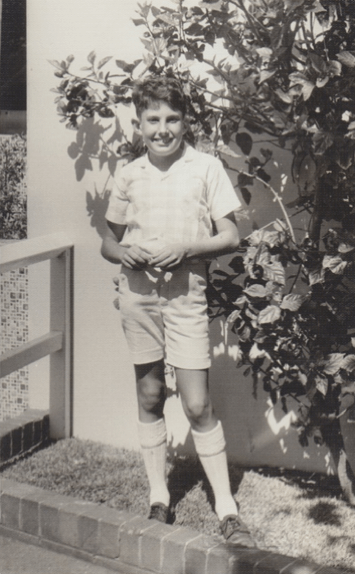
THE RESIDENTS:
Growing up in Potts Point, I met quite a few famous or inspirational people such as:
Ettore Prossimo, owner of Buona Sera Italian restaurant in Macleay Street, Potts Point. In 1967 he married Gold Logie-winning Australian fashion, publishing and media/television personality Maggie Tabberer (aka Maggie T).
Ailsa Johnson was the personal assistant to Tom Uren a Labor politician. Uren became Minister for Urban and Regional Development in the Whitlam government and served a second term of office as a minister in the Hawke Government. Uren retired from politics in 1990. Ailsa was also the aunt of Australia playwright and author Alex Buzo.
George Watson was a Director and General Manager of Wormald Brothers in Sydney.
Mrs. Edith Ward was the wife of the former Labor Party politician, Local Government Councillor and Member of the Lower House. One of their granddaughters was Deborah Wardley (nee Lawrie) who was the first woman to become a pilot with a major Australian airline, after winning a landmark sex discrimination case against Ansett Airlines.
Fred Reiss was a biscuit manufacturer.
Dr. Eric Blashki MC was the medical superintendent at Royal North Shore Hospital and later became a Macquarie Street Specialist and one of Sydney’s leading ear, nose and throat surgeons.
Mrs Van Cleef had been an operatic singer at one time. She had a lovely singing voice, although as a kid opera wasn’t my kind of music, and loved to sing while cooking. She would often leave the door to her rear balcony open while cooking. I’m sure most of Potts Point would have heard her when she hit the high notes.
Mrs Merson was the mother of Commodore J.L.W. ‘Red’ Merson OAM. Red was commanding officer of HMAS Sydney, 1971-1972. He was also a President of the Naval Association of Australia.
Captain Humbley was the Managing Director of Cockatoo Island from 1971-1981 and prior to that was the Director General of naval production in Canberra.
Mrs. Klippel was the mother of Robert Klippel AO a sculptor and teacher – often described in contemporary art literature as Australia’s greatest sculptor. Throughout his career he produced some 1,300 pieces of sculpture and approximately 5,000 drawings.
Mr. Paskalidis was the owner or editor of Sydney’s Greek newspaper.
Mr John Davis was the man responsible for the development of 17 Wylde Street who would end up residing in the building upon its completion – living on the 9th floor in the penthouse which was basically units 93 and 94 until his death in 2008. He was also involved with numerous other developments including Sylvania Waters canal development as well as being an importer and exporter.
Tommy Smith was one of Australasia’s most prominent and successful horse trainers. Gai Waterhouse has continued on the family tradition and is one of Australia’s most successful female trainers.
E.V. Little was a prominent Sydney property developer and builder.
Stephanie Lewis was the first wife of Tom Lewis the Premier of NSW. Mark and Jon were the children from that marriage. Jon is one of Australia’s leading photographers, was a member of Sydney’s “Yellow House” in the early 1970s, went on to make experimental video with “Bush Video”, and in 1977 was a founder of Greenpeace Australia.
